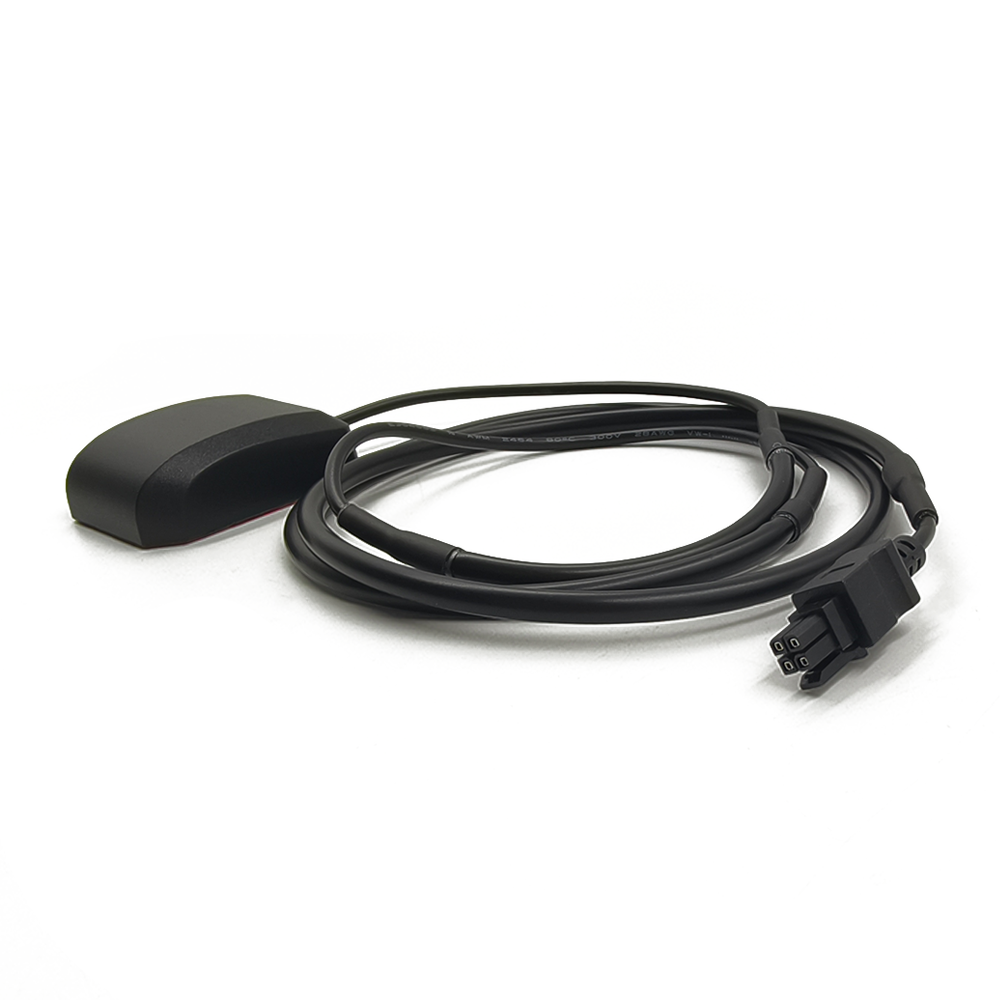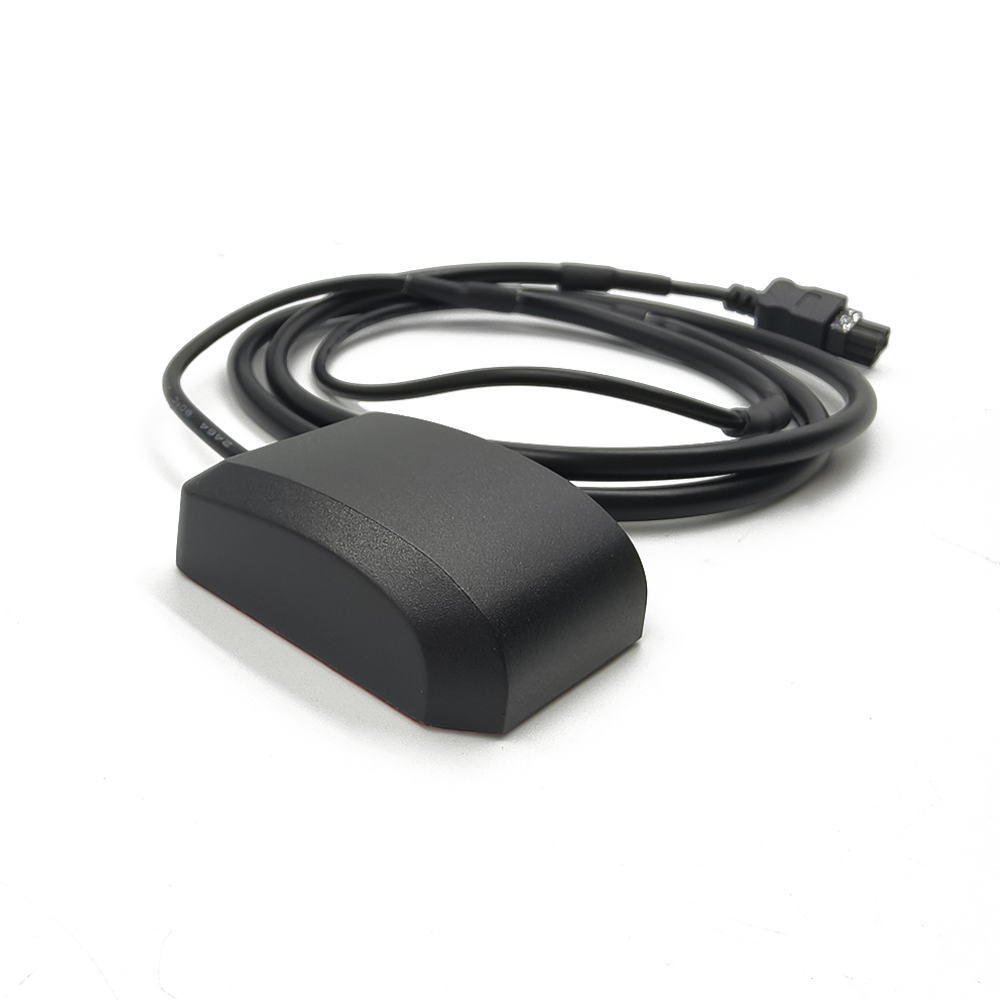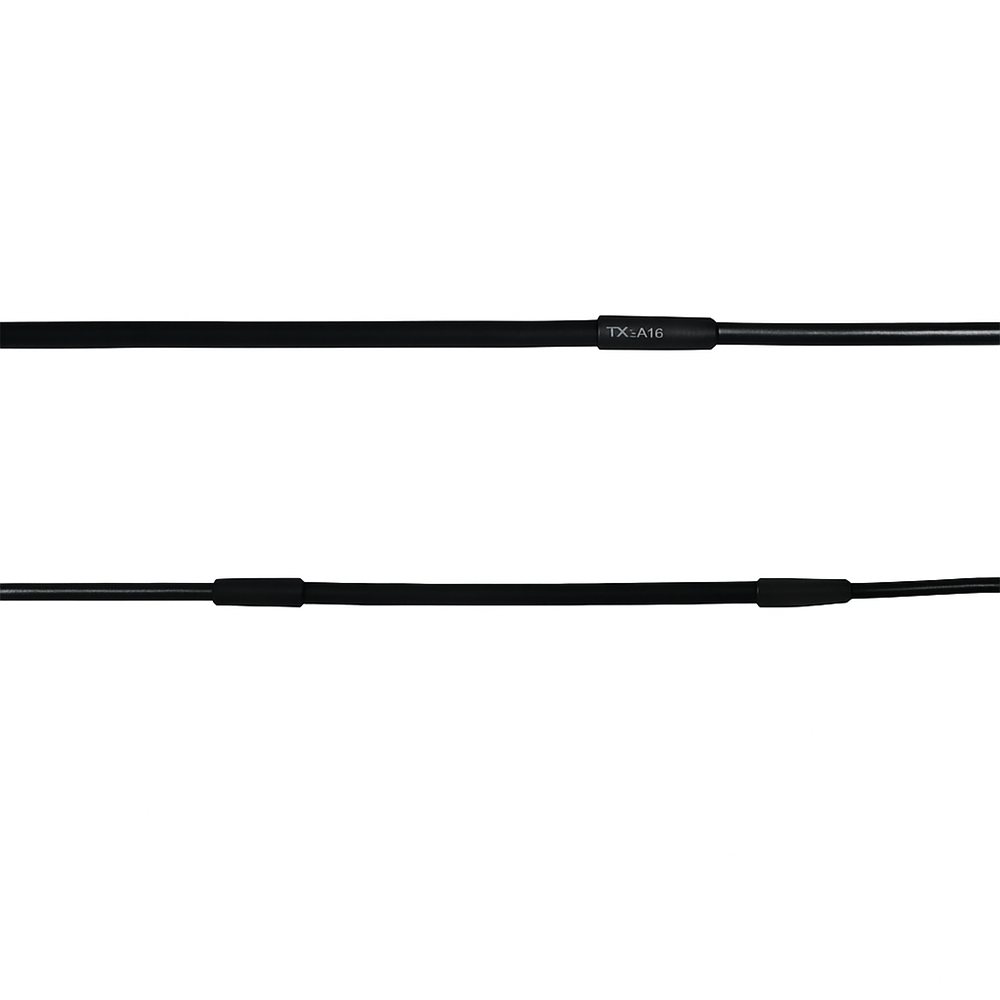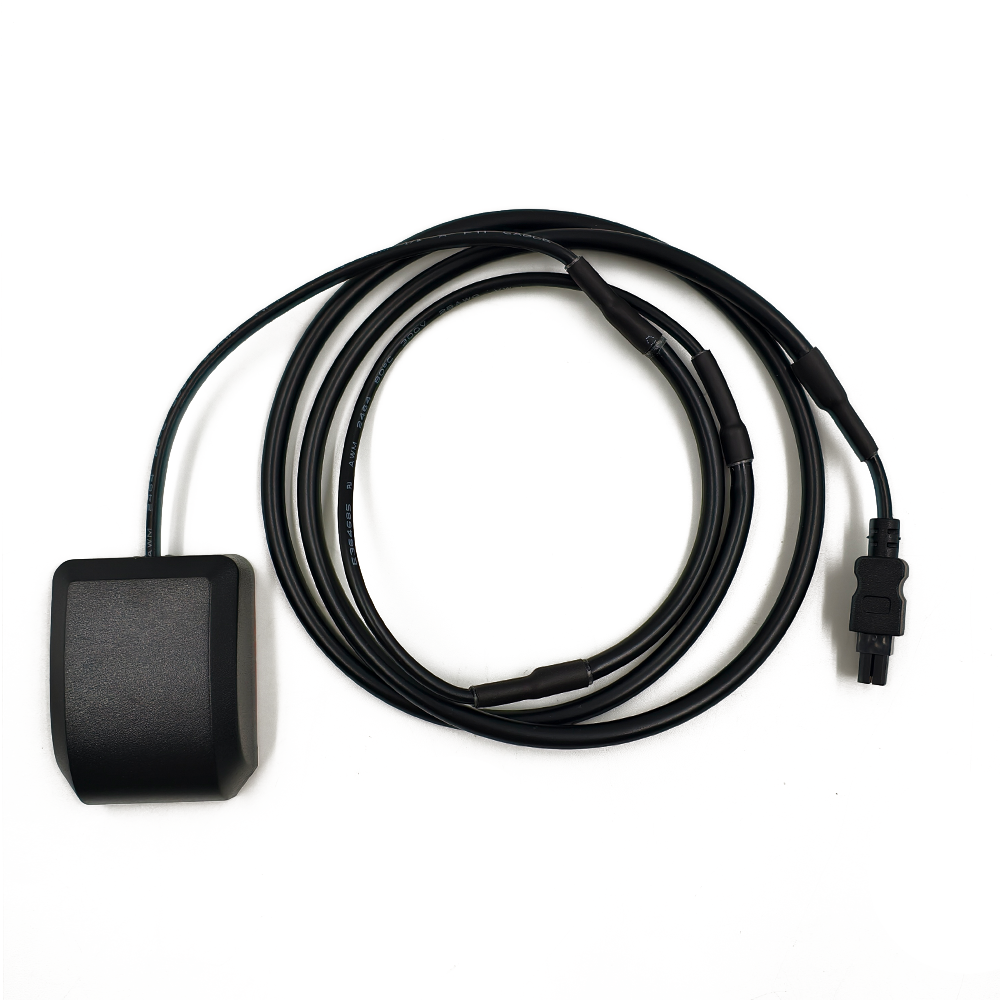Surveying GNSS RTK (Real-Time Kinematic) external antenna modules are foundational components in a wide array of high-precision geospatial and engineering applications. Their ability to deliver centimeter- to millimeter-level accuracy in real time has revolutionized industries that rely on exact positioning, from land surveying and construction to precision agriculture and autonomous systems.
One of the most traditional and critical applications is land and cadastral surveying. Professional surveyors use RTK-enabled total stations and GNSS rovers equipped with external antennas to establish property boundaries, conduct topographic mapping, and perform construction stakeout with unparalleled accuracy. The stability and repeatability of RTK measurements ensure legal-grade results, reducing the need for rework and minimizing disputes over land ownership.
In civil engineering and construction, RTK antennas are integrated into machine control systems for bulldozers, excavators, and graders. These systems allow operators to precisely grade terrain according to digital design models without relying on physical stakes, significantly improving efficiency, reducing material waste, and accelerating project timelines. Applications include road building, airport runway construction, and large-scale earthmoving projects.
Precision agriculture has embraced RTK technology to optimize planting, fertilizing, spraying, and harvesting. Tractors and combines equipped with RTK antennas enable automated guidance systems that follow sub-centimeter-accurate paths, minimizing overlap and ensuring uniform coverage. This leads to reduced fuel consumption, lower chemical usage, and increased crop yields. Additionally, RTK supports variable rate application (VRA) technologies, where inputs are adjusted in real time based on precise field mapping.
Unmanned Aerial Vehicles (UAVs) and drones increasingly rely on external RTK antennas for photogrammetry, LiDAR mapping, and 3D modeling. By mounting compact RTK modules on drones, operators can achieve geotagged imagery with centimeter accuracy without the need for numerous ground control points (GCPs). This dramatically reduces field time and improves the reliability of aerial surveys for mining, environmental monitoring, and infrastructure inspection.
In geotechnical and structural monitoring, RTK antennas are deployed on dams, bridges, landslides, and tall buildings to detect millimeter-scale movements over time. These systems provide early warning of structural instability, enabling timely maintenance or evacuation. Their long-term stability and resistance to environmental factors make them ideal for continuous, unattended operation.
Autonomous vehicles and robotics also benefit from RTK positioning. Self-driving cars, robotic lawnmowers, and warehouse AGVs (Automated Guided Vehicles) use RTK antennas in conjunction with inertial navigation systems (INS) and LiDAR to achieve precise localization in GPS-friendly environments. While urban canyons remain challenging, RTK provides a critical baseline for sensor fusion algorithms.
Other applications include marine surveying, where RTK antennas guide hydrographic vessels for seabed mapping; railway and pipeline alignment, ensuring accurate placement of infrastructure; and scientific research, such as tectonic plate monitoring and glacier movement studies.
Looking ahead, several future trends will shape the evolution of RTK external antenna modules:
Miniaturization and Integration: Advances in materials and circuit design will lead to smaller, lighter antennas without sacrificing performance, enabling broader use in compact UAVs and mobile robots.
Multi-Band and Full Constellation Support: As new GNSS signals (e.g., GPS L6, Galileo E6) become operational, antennas will expand bandwidth to support even more frequencies, improving ionospheric correction and ambiguity resolution.
Smart Antennas with Embedded Intelligence: Future modules may incorporate onboard signal diagnostics, interference detection, and adaptive filtering powered by AI, enabling self-optimization in dynamic RF environments.
Tighter Integration with Inertial Navigation Systems (INS): Hybrid GNSS/INS modules with co-located antennas and IMUs will improve performance in signal-challenged areas and during brief outages.
Enhanced Cybersecurity and Anti-Spoofing Features: With rising threats of GNSS spoofing and jamming, future antennas may include polarization discrimination, beamforming, or multi-antenna configurations to detect and reject fake signals.
PPP-RTK and Global Correction Services: The convergence of Precise Point Positioning (PPP) and RTK—known as PPP-RTK—will reduce dependency on local base stations, enabling high-accuracy positioning anywhere via satellite or cellular correction networks.
Sustainability and Longevity: Manufacturers will focus on eco-friendly materials, longer service life, and modular designs to reduce electronic waste and lifecycle costs.
As positioning becomes increasingly central to smart infrastructure, automation, and digital twins, surveying GNSS RTK external antenna modules will remain at the forefront of technological innovation, evolving to meet the growing demands for accuracy, reliability, and connectivity.
Conclusion
Surveying GNSS RTK external antenna modules represent the gold standard in high-precision positioning technology. By combining advanced electromagnetic design, robust construction, and sophisticated signal processing, these antennas enable centimeter-level accuracy that is indispensable across a wide spectrum of professional applications. From defining property lines and guiding construction machinery to enabling autonomous drones and monitoring geological shifts, RTK antennas serve as the critical link between satellites and the physical world.
Their design prioritizes phase center stability, multipath rejection, and multi-frequency signal reception—features that distinguish them from consumer-grade GNSS solutions. The integration of low-noise amplifiers, bandpass filters, and durable enclosures ensures reliable performance in the most demanding environments, from tropical rainforests to arid deserts and urban construction zones.
While challenges such as cost, size, and dependency on correction networks persist, ongoing advancements in materials, miniaturization, and intelligent signal processing are steadily overcoming these limitations. The future of RTK antennas lies in smarter, more compact, and globally connected systems that seamlessly integrate with emerging technologies like 5G, AI, and autonomous platforms.
As the world becomes increasingly digitized and spatially aware, the demand for precise, real-time positioning will only grow. Surveying GNSS RTK external antenna modules will continue to play a pivotal role in shaping this future—providing the accuracy and reliability needed to build smarter cities, optimize agricultural output, and monitor our changing planet. Far from being mere signal receivers, these antennas are foundational enablers of a more precise, efficient, and interconnected world.




































































 Language
Language
 En
En Cn
Cn Korean
Korean

 Home >
Home > 








 18665803017 (Macro)
18665803017 (Macro)













